Friday, October 27, 1961.
The Berlin Wall is ten weeks old.
The Soviet Union moves 33 tanks to Checkpoint Charlie, near Berlin’s Brandenburg Gate.
They face-off against ten US tanks, five US armored personnel carriers and three British anti-tank guns.
From CBS News reporter Daniel Schorr:
“The Cold War took on a new dimension tonight when American and Russian fighting men stood arrayed against each other for the first time in history.”

President Kennedy assures South Vietnam of America’s continued support in resisting Communist attacks and preserving its national independence.
Kennedy had sent 500 special forces troops and military advisors there in May to bolster the supportive effort which his predecessor, President Eisenhower, had initiated in 1955.
By the end of 1963, the number of Americans serving in South Vietnam will rise to 16,000.
US public health officials announce that current fallout levels from Soviet atmospheric nuclear tests pose no imminent threat to public health.
But they warn against apathy and Congress appropriates fund for community fallout shelters.
Meanwhile, fifteen women from Bloomington, Indiana, send telegrams to Mrs. Khrushchev, urging her to persuade her husband to stop atmospheric nuclear tests.
They would end in late 1963, when the US and the Soviet Union agree to stop atmospheric nuclear tests — a major accomplishment of the Kennedy administration.
The Planned Parenthood League of Connecticut announces it will open a birth control clinic in New Haven, Connecticut, challenging the state’s 1879 statute prohibiting the use or prescription of birth control drugs or devices.
Estelle Griswold, the executive director of the organization, and C. Lee Buxton, M.D., the medical director of the clinic and chair of the Department of Obstetrics and Gynecology at the Yale School of Medicine, will be arrested in November and convicted for violating the statute.
Their convictions will be overturned in a 1965 Supreme Court decision which declares the Connecticut law barring contraception violates the constitution’s implied right to privacy.
This legal principle will serve as the basis for the Court’s 1973 decision in Roe v. Wade.


The federal government agrees to lease a 460-acre beachfront tract to New Jersey for one dollar per year.
The tract is part of the Sandy Hook peninsula, located at the entrance to New York harbor, which had played a role in navigation and coastal defense for two hundred years.
New Jersey will develop the leased tract as the Sandy Hook State Park and it will suffer severe damage from Super Storm Sandy in October 2012.


On October 27, 1961, Macy’s offers the “Marlin Lever Action High Power Deer Rifle (.35 caliber)” for $53.99.
Seven years later, after a spate of political assassinations and a rise in gun-related crime, President Johnson will sign the first major federal gun control bill into law.

From President Johnson’s remarks at the bill signing:
“[T]his bill stops murder by mail order.
“It bars the interstate sale of all guns and the bullets that load them.
“It stops the sale of lethal weapons to those too young to bear their terrible responsibility.
“It puts up a big ‘off-limits’ sign, to stop gunrunners from dumping cheap foreign ‘$10 specials’ on the shores of our country.
But this bill still falls short….
[T]here are over 160 million guns in this country--more firearms than families.
If guns are to be kept out of the hands of the criminal, out of the hands of the insane, and out of the hands of the irresponsible, then we just must have licensing.
Today, there is no national gun registry or federal license required to own a gun.
Both are measures which gun control advocates claim would reduce gun violence.
There are 393 million guns in the US currently, and state laws on gun ownership and licensing vary.
But, on a lighter note, Friday, October 27, 1961, was the start of a great weekend for movie-goers.
Among their choices: Spartacus, with Kirk Douglas and Laurence Olivier; The Hustler, with Paul Newman and Jackie Gleason; Breakfast at Tiffany’s, with Audrey Hepburn and George Peppard; and The Guns of Navaronne, with Gregory Peck, Anthony Quinn and David Niven.
[I’ve seen them all. They’re great!]
And music lovers could catch The Kingston Trio playing live in White Plains or Aretha Franklin at New York’s Village Gate.
And, across the pond, The Beatles, with original drummer Pete Best, were the headline act at Liverpool’s Cavern Club.
October 27, 1961…
As Charles Dickens said a hundred years before:
“It was the best of times, it was the worst of times…it was the spring of hope, it was the winter of despair.” 1
******************************
I’ll see you tomorrow.
— Brenda
Charles Dickens, A Tale of Two Cities, 1859.


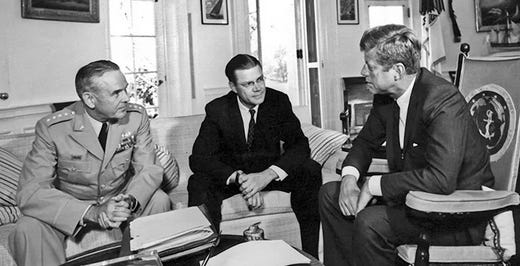
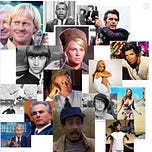

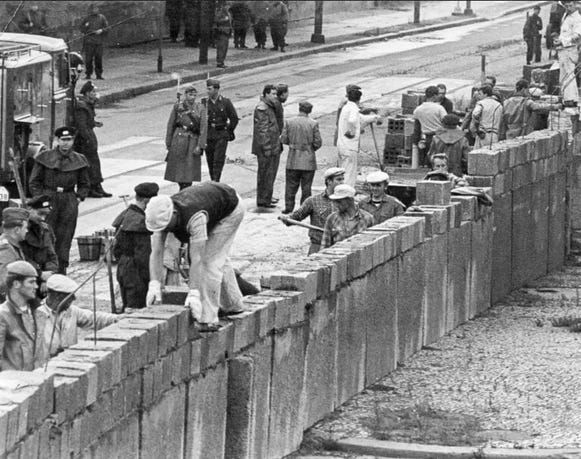


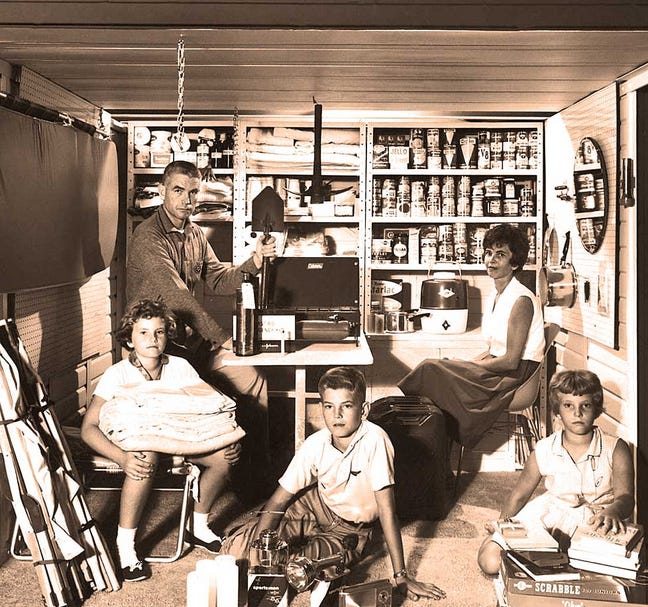
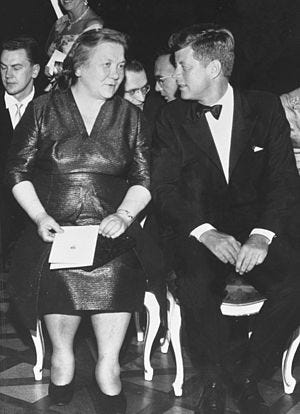













Share this post